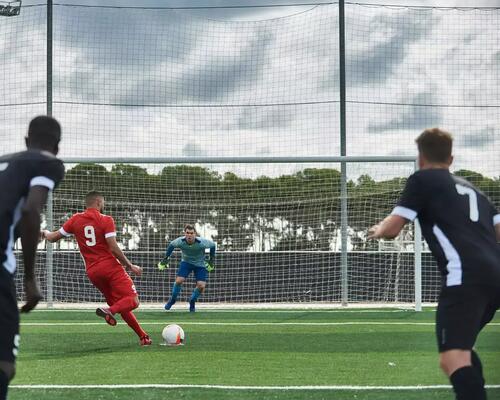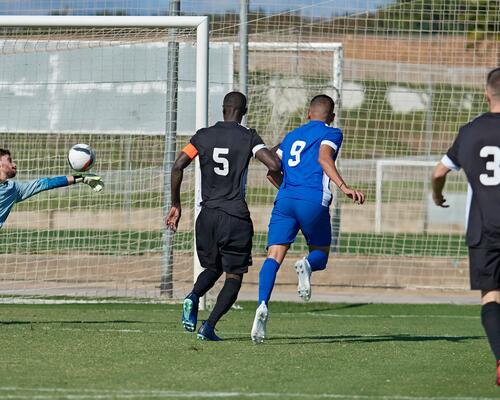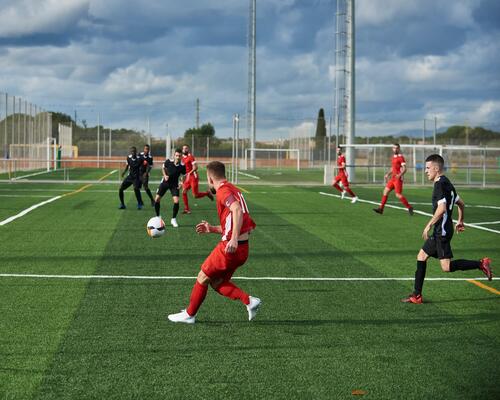The benefits of futsal for an 11-a-side footballer
> sharpness and speed: the tempo and rhythm of a match are much more intense in futsal
> heart-rate: running is more intensive and more repetitive
> techniques and tactics: in each phase of the game, you have throw-ins, free kicks, corners, goal kicks all with tactics associated
An example of a player who symbolises the typical profile of a futsal player is: Messi. If you watch his matches, his main physical activity is acceleration. He does not run miles and miles and he calls for the ball almost incessantly.
> effectiveness: you need to be much more decisive because space is much reduced and the goals much smaller than in the 11-a-side version
> changing position on the court: this is much more frequent than in 11-a-side football
> intelligence: when you play futsal, your brain is working overtime and you don't have time to think - you need to make the right decision at the right moment
> solidarity with team-mates: in futsal, when a team-mate makes a mistake, you are impacted more quickly, and you have no time to recover
> team spirit: as a futsal team has only 5 players on the court (including the goalkeeper), and the same number on the bench with a total of 12 players in the group, if there is not perfect harmony between all the players in the group, this will be immediately felt in the play.





